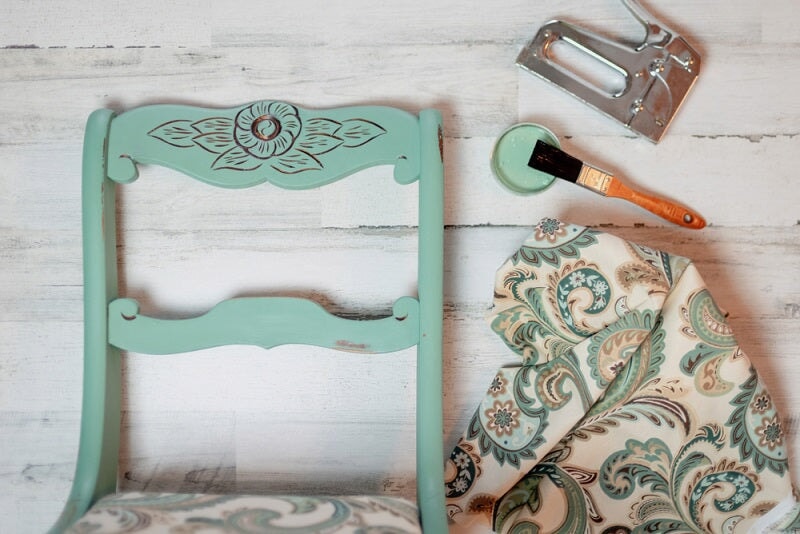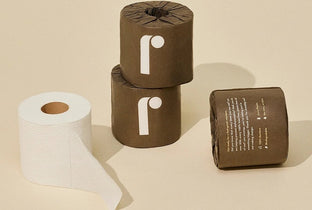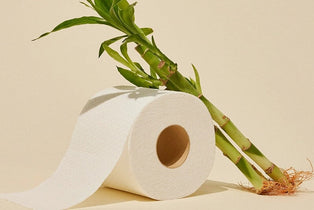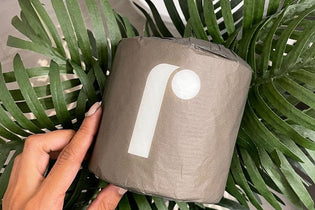
TLDR
Discover the basics of upcycling! Turn everyday trash into functional and aesthetic treasure as you explore our guide to mastering the art of upcycling.
We've all heard of recycling, right? The process that takes our waste and turns it into something usable again. But have you heard about its cousin—upcycling? If not, buckle up! We’re diving into a fantastic world where waste products become aesthetic treasures and the concept of "waste not, want not" is given a brand new spin.
So, what is upcycling, you ask?
In its essence, upcycling is the creative reuse of discarded materials or old items, turning them into something of equal or even higher quality. Unlike recycling, which breaks down the raw material to its base elements and then forms a new product, upcycling uses the existing material in its current state to create something new and unique. It's sustainable fashion at its finest, turning old clothes into upcycled clothing or taking that tin can and making it a chic plant holder.
The Environmental Benefits of Upcycling
Now that we’ve cracked the "what is upcycling" question, let's explore the environmental benefits. Upcycling is a crucial element in the circular economy, a sustainable business model that keeps resources in use for as long as possible. Instead of creating new materials, upcycling breathes new life into old ones.
Upcycling provides an exciting solution to the pressing issue of waste management. Instead of old materials ending up in the landfill, they're given a new lease on life. Take textile waste as an example - the fashion industry is a significant contributor to pollution,1 but upcycled fashion helps alleviate this. By upcycling clothing, we can reduce the amount of new fabric produced and consequently, the volume of natural resources used.
Upcycling also reduces the energy consumption involved in the recycling process. For example, melting down plastic bottles into new raw materials is energy-intensive.2 However, if we upcycle plastic bottles into, let's say, decorative vases, we save not only the plastic from the landfill but also the energy it would take to transform it.
Essential Upcycling Tools for Beginners
Here are some basic tools you'll need to start your upcycling journey:
- Scissors: A good pair of scissors is crucial for cutting fabrics, paper, and plastic.
- Glue: A strong adhesive is essential for sticking different materials together.
- Paint: Adding color can bring your upcycled product to life. Be sure to choose a type of paint that suits the material you're working with.
- Needle and thread: Especially important if you're upcycling clothes, a simple needle, and thread can do wonders.
Remember, these are just the basics. As you embark on more complex projects, like upcycling furniture, you might need additional tools such as a hammer, nails, sandpaper, or even a saw!
Easy-to-Find Items You Can Upcycle
Looking for upcycling project inspiration? Here's a list of items that are perfect for upcycling:
- Clothing: Old clothes can be transformed into new fashionable pieces, bags, quilts, and more.
- Plastic bags: These can be turned into reusable shopping bags, mats, or even woven baskets.
- Plastic bottles: Use these to make vases, bird feeders, or even beautiful wall art.
- Furniture: An old chair can be refurbished and repurposed, or an old bookshelf can become a stylish bar cart.
- Tin cans: These are great for crafting candle holders, planters, or quirky desk organizers.
Remember, upcycling is all about being creative with what you have!

Tips for Successful Upcycling
Ready to begin? Here are a few tips to make your upcycling venture a success:
- Be creative: The more creative you are with your old items, the more unique your upcycled products will be. Don't be afraid to think outside the box!
- Start small: If you're new to upcycling, start with smaller projects. Upcycling clothes or making an upcycled item from a plastic bottle can be a good starting point.
- Learn from others: There are plenty of resources and communities online that can offer you tips, tutorials, and inspiration for your upcycling project.
- Take your time: Rome wasn't built in a day, and neither will your masterpiece. Don't rush the process, and make sure you're enjoying it!
Upcycling is not just about turning waste into something useful; it's about transforming it into something beautiful and valuable, making the old new again. It's a creative recycling approach that's good for your pocket, your aesthetic, and most importantly, our planet. Let's feed our creativity and our world with upcycled goodness. Happy upcycling!
Looking for more ways to be eco-friendly? Try our line of sustainable bathroom and kitchen products, such as bamboo toilet paper and recycled paper towels. At Reel, we’re on a mission to make sustainability easy, we also offer bulk toilet paper to help you save money. Join us as we aim to reduce waste!
Sources:




0 comments